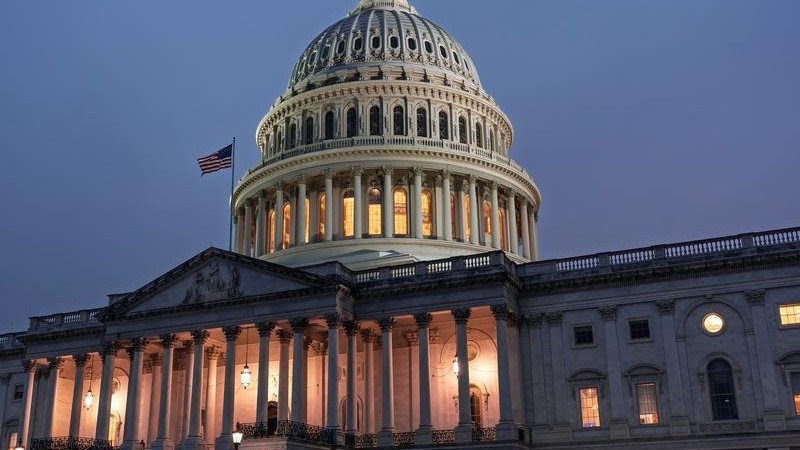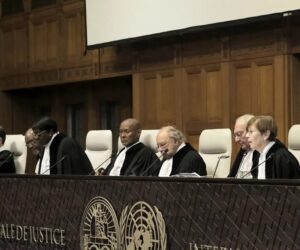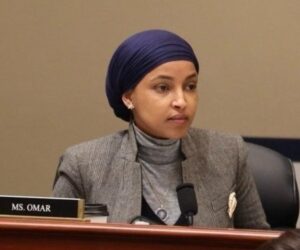The United States federal government officially entered a partial shutdown at midnight, marking the first such impasse in almost seven years, after Democrats and Republicans in Congress failed to reach a last-minute agreement on a funding bill.
The standoff, centered on disputes over healthcare spending, leaves hundreds of thousands of federal workers in limbo and threatens disruptions to public services.
Hundreds of thousands of non-essential federal employees, those not directly involved in protecting life or property, such as law enforcement, face furloughs or unpaid leave as agencies implement contingency plans.
The White House Office of Management and Budget confirmed the shutdown late Tuesday, instructing affected departments to execute pre-approved operational guidelines.
Essential services, including Social Security payments, the U.S. Postal Service, and active military duties, will continue, though potential staff shortages could lead to delays.
However, national parks, museums like the Smithsonian (which plans to stay open through at least October 6 using prior funds), and non-essential federal offices are expected to close entirely, impacting tourism and public access.
The crisis escalated after a Democrat-led proposal to maintain government funding, aimed at reversing recent cuts to the Medicaid health insurance program, failed in the Senate by a vote of 53-47.
Republicans’ counterproposal garnered 55 votes, falling five short of the 60 needed to overcome a filibuster and pass the measure.
Unlike ordinary legislation, government funding bills require a supermajority in the Senate to proceed.
The White House sharply criticized Democrats, calling their stance “untenable” for seeking to undo Medicaid reductions enacted earlier in the summer under the One Big Beautiful Bill Act.
Senate Majority Leader John Thune (R-SD) accused Democrats of holding federal workers “hostage” to their agenda, while Senate Minority Leader Chuck Schumer (D-NY) lambasted the Republican plan as doing “absolutely nothing to solve the biggest healthcare crisis in America.”
President Donald Trump, who met with Schumer on Monday without breaking the deadlock, has taken a hardline approach, suggesting the shutdown could yield long-term benefits.
“The last thing we want to do is shut it down, but a lot of good can come from shutdowns,” Trump said Tuesday.
“We can get rid of a lot of things that we didn’t want, and they’d be Democrat things.” He threatened mass firings of “non-essential” staff and permanent cuts to programs favored by Democrats, warning that unresolved disputes could lead to “irreversible” changes.
“We’ll be laying off a lot of people,” Trump added.The shutdown, the 15th since 1980 according to the Bipartisan Policy Center, stems from broader partisan battles over federal spending, which has ballooned to an estimated $7.02 trillion for fiscal year 2025—a 58% increase from 2019 levels.
Republicans’ continuing resolution, passed by the House, would have extended funding at current levels until November 21, but it stalled in the Senate without Democratic support. Impacts could ripple beyond Washington:
The Bureau of Labor Statistics will delay its October 3 jobs report, air travel may face delays due to furloughed FAA staff, and food assistance programs like SNAP and WIC are secured only through October via prior commitments.
As the impasse drags on, bipartisan calls for negotiation grow louder, with House Minority Leader Hakeem Jeffries urging good-faith talks to avert further economic fallout.
The duration remains uncertain, but history shows shutdowns can last days or weeks, costing billions and eroding public trust. Lawmakers face mounting pressure to compromise before the disruptions deepen.
Click to signup for FREE news updates, latest information and hottest gists everyday
Advertise on NigerianEye.com to reach thousands of our daily users









